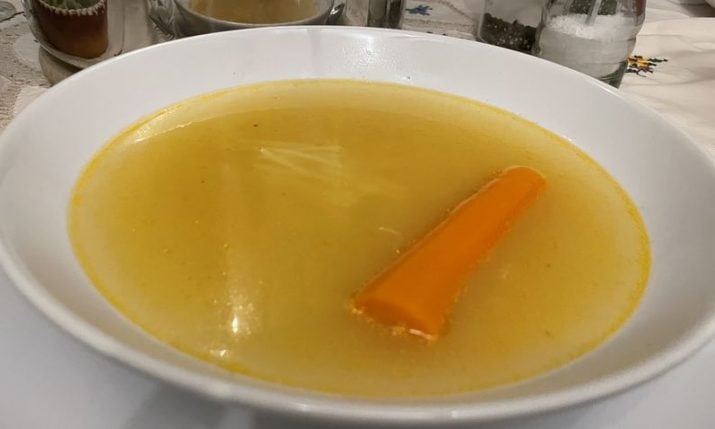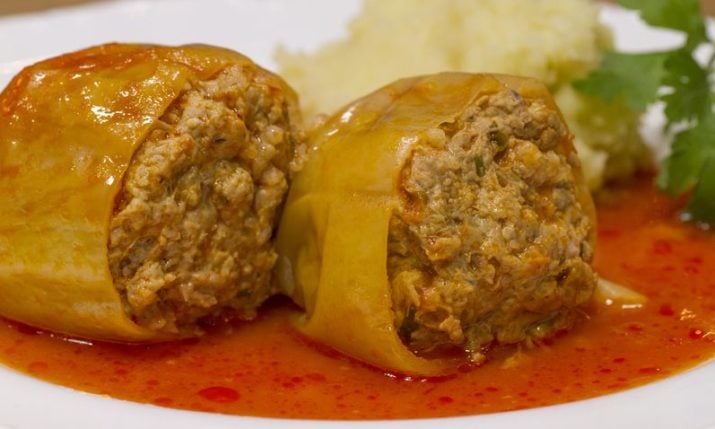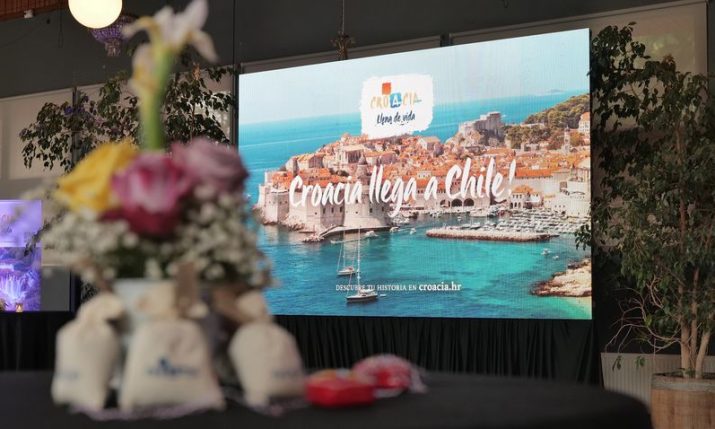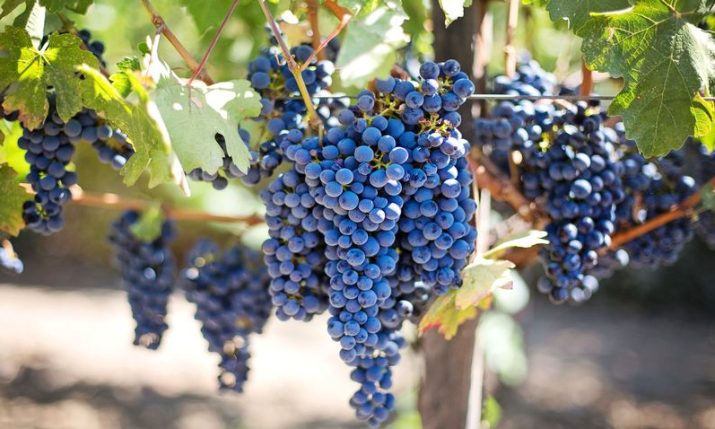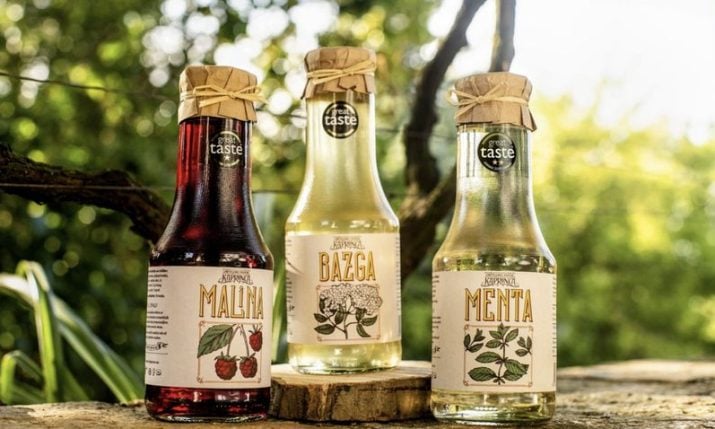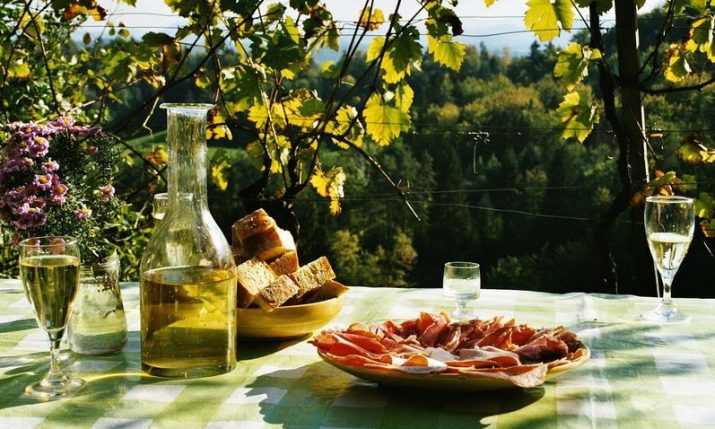Untapped Potential: Putting Croatian Graševina wine on world stage
- by croatiaweek
- in Food & Wine

ZAGREB, 19 June (Hina/CW) – Graševina (Welschriesling), the most represented Croatian wine, is insufficiently recognised internationally, so more should be done about promotion, branding and discovering new export markets, an international conference on Graševina heard in Osijek.
Graševina is a strategic grape variety for Croatia as it accounts for 40% of the wines put on the domestic market, for 25% of all vineyards and for nearly two-thirds of Croatia’s wine exports, Croatian Chamber of Commerce vice president Dragan Kovačević said at the “Go Grow” conference.
The Chamber is pushing for an umbrella marketing organisation that would primarily promote Croatian wines abroad, he said, adding that all neighbouring countries have such institutions.
“Our winemakers are showing a strong development tendency, particularly towards high-quality wines, and we think that wines should be better promoted.”
Graševina has potential because of the production quantities and because it is not demanding to grow, but it should be better positioned in international markets, said Darja Sokolić, head of the Croatian Agriculture and Food Agency.
Graševina has sufficient production quantities and an excellent price-quality ratio, which could make it the driver of Croatian wine exports, said Sandra Zokić of the Agriculture Ministry.
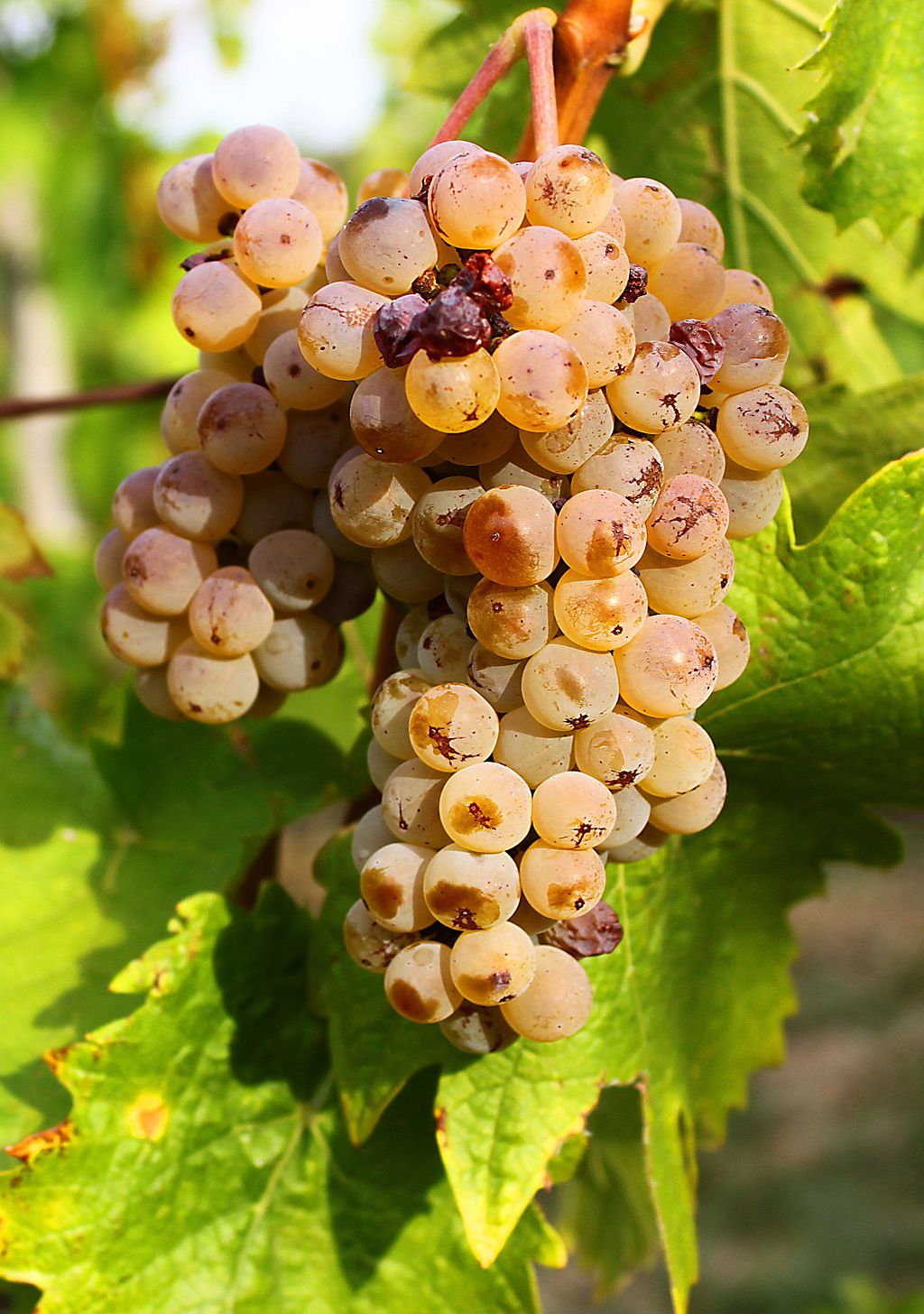
Grape cluster (Photo credit: Andrs.kovacs/CC-BY-SA-3.0)
Graševina is particularly the most significant and important wine variety of eastern continental Croatia with great potential and numerous successful styles: from sparkling wines, through light refreshing, serious whites and macerated wines, to high-quality ice harvest predicate wines.
The finest Croatian Graševina wines mostly come from Slavonia and Baranja, specifically from the vineyards of Kutjevo, Đakovo, Daruvar, Slavonski Brod, and Ilok. A smaller number of them also originate from Zagorje and Međimurje.

